

Name: Drop Year: 2017 Client: Politecnico di Milano / e-Novia / Digital Habits / Ling Categories: Product Authors: Bryan Sabin, Fabio Venturini, Francesco Spelta, Stefano Alvisi and Vasyl Pavlyuchok
Name: Drop Year: 2017 Client: Politecnico di Milano / e-Novia / Digital Habits / Ling Categories: Product Authors: Bryan Sabin, Fabio Venturini, Francesco Spelta, Stefano Alvisi and Vasyl Pavlyuchok
Brief ——
In recent years, e-commerce has exponentially grown, increasing in consequence the home delivery request. However, despite all this data, not much improvement has been made to meet this situation. In fact, one of the most common problems nowadays using these services (e-commerce) is the delivery failure, when consumers aren't able to receive their package due to not being at home at the time of delivery. As the result, this implies an economic impact for the company, increases pollution and also leads to a "not satisfied" final customer.
Brief ——
In recent years, e-commerce has exponentially grown, increasing in consequence the home delivery request. However, despite all this data, not much improvement has been made to meet this situation. In fact, one of the most common problems nowadays using these services (e-commerce) is the delivery failure, when consumers aren't able to receive their package due to not being at home at the time of delivery. As the result, this implies an economic impact for the company, increases pollution and also leads to a "not satisfied" final customer.
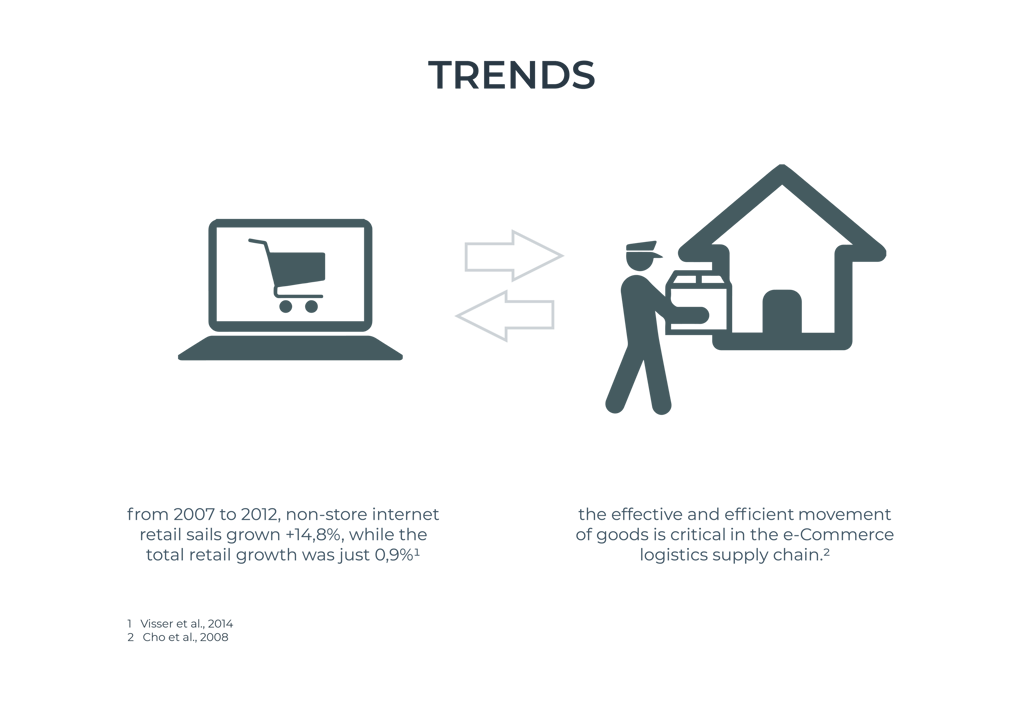
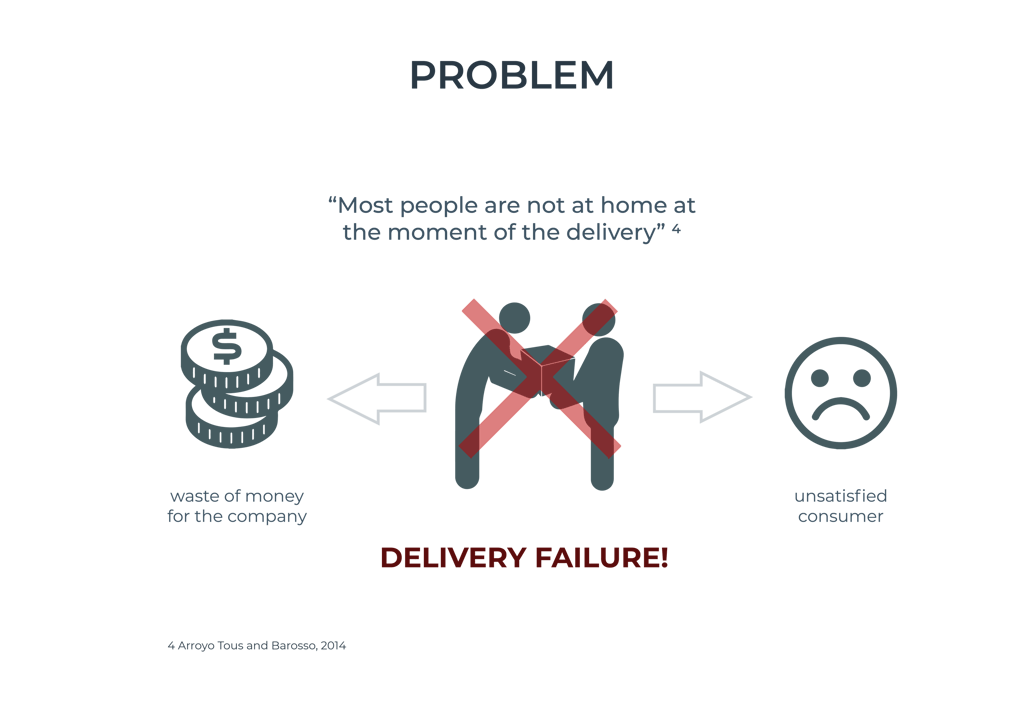






Scenario ——
A traditional mailbox is a great invention, it allows you to receive letters at any time and from anywhere, even if you are not at home. But these mailboxes are becoming obsolete nowadays, as most services are becoming more and more digital, and a letter format communications are used less often.
With the increase of the e-commerce, the postman deliver more and more parcels year by year. Most time, these parcels rarely fit inside a mailbox (or can be inserted through the mailbox slot), due to their bigger dimensions. So we only will be able to receive our delivery when we are at home (or if we ask a courier to drop it off at our neighbour's home or a nearby business).
Scenario ——
A traditional mailbox is a great invention, it allows you to receive letters at any time and from anywhere, even if you are not at home. But these mailboxes are becoming obsolete nowadays, as most services are becoming more and more digital, and a letter format communications are used less often.
With the increase of the e-commerce, the postman deliver more and more parcels year by year. Most time, these parcels rarely fit inside a mailbox (or can be inserted through the mailbox slot), due to their bigger dimensions. So we only will be able to receive our delivery when we are at home (or if we ask a courier to drop it off at our neighbour's home or a nearby business).
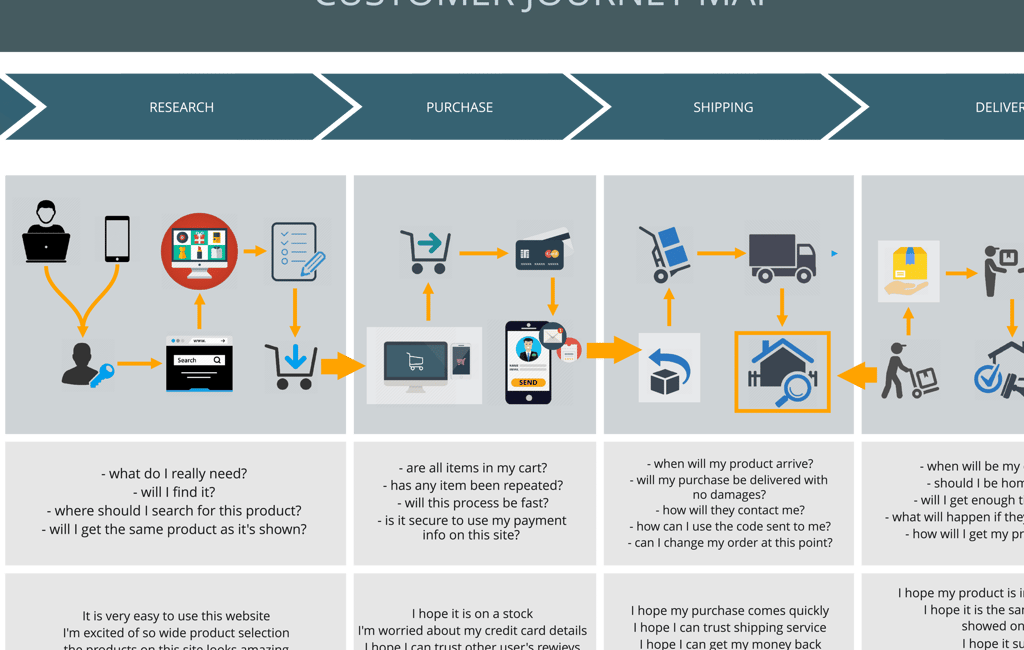



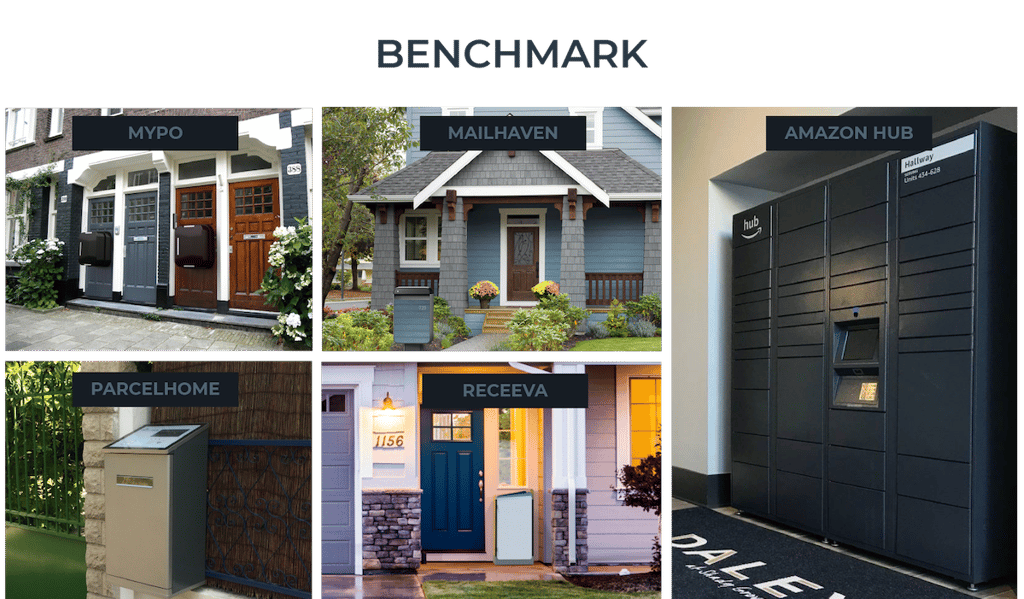



Drop is a product-service system that allows to receive parcels even if you are not at home.
Concept ——
The product is a smart home reception box that guarantees maximum security and maximum time flexibility of delivery. The courier just has to scan the parcel’s barcode and the box’s display, so it opens. Thanks to the mobile end user App (front-end), it’s possible to know when you receive a parcel and to manage the box. The system’s software infrastructure, instead, enables and coordinates the link between couriers and boxes (back-end), optimizing the efficiency in the last-mile delivery. At the same time, because of the growing return services trend, it’s possible to invert the process to give people the possibility to place a shipment.
Drop is a product-service system that allows to receive parcels even if you are not at home.
Concept ——
The product is a smart home reception box that guarantees maximum security and maximum time flexibility of delivery. The courier just has to scan the parcel’s barcode and the box’s display, so it opens. Thanks to the mobile end user App (front-end), it’s possible to know when you receive a parcel and to manage the box. The system’s software infrastructure, instead, enables and coordinates the link between couriers and boxes (back-end), optimizing the efficiency in the last-mile delivery. At the same time, because of the growing return services trend, it’s possible to invert the process to give people the possibility to place a shipment.
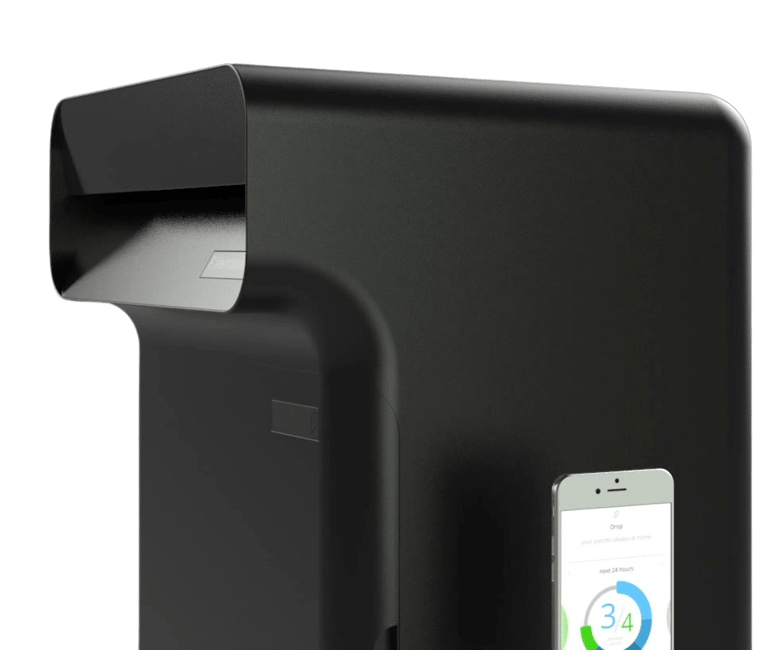

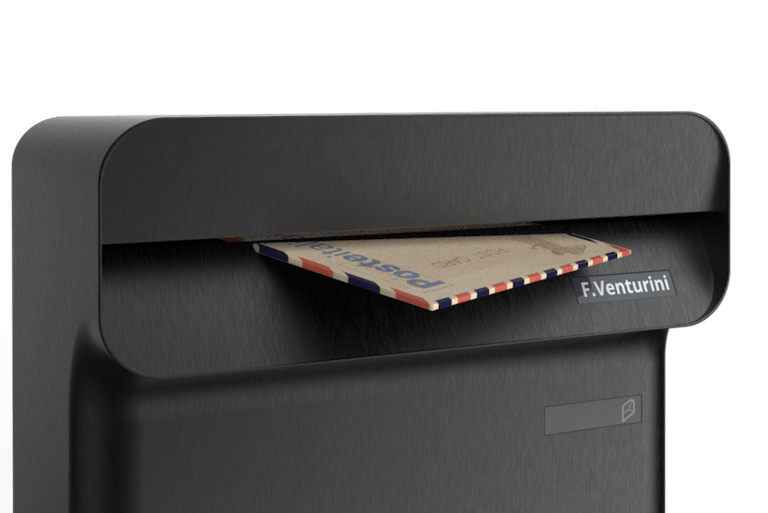

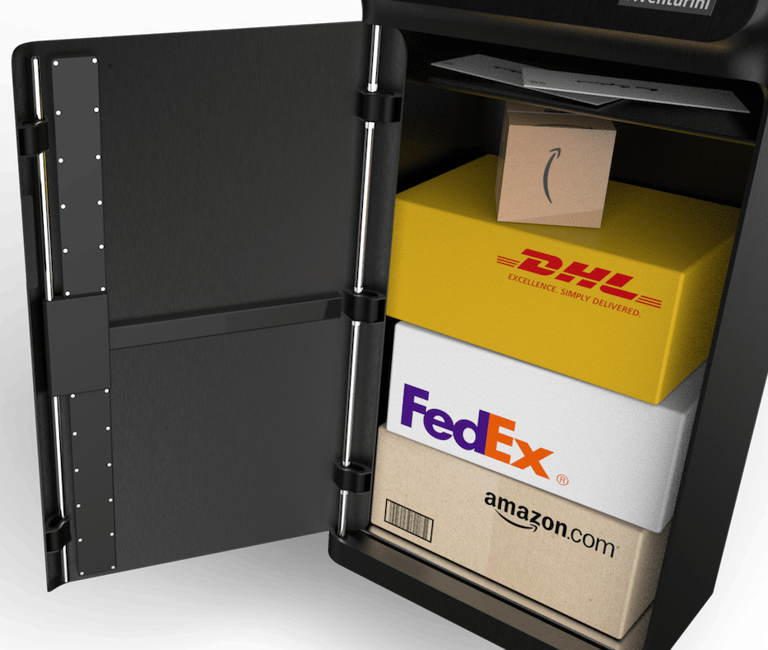







How does it work ——
The three main touchpoints are: order, delivery and withdraw. For what concerns the order, during the purchase the user can select the “delivery to my Drop” option, directly from the seller’s App or website. In the moment of the delivery, the courier scans the parcel’s barcode and at the same time an automatically-generated barcode appears on the Drop’s display. The courier then scans it, the door opens and it’s possible to insert the parcel. When the door closes, a successful-delivery notification appears on the user’s smartphone. When the user gets close to his own Drop, a fingerprint- unlock request appers on his smartphone. Is also provided an hardware security key, a mail notification system and the possibility to place a shipment that the courier has to to pick up directly from Drop itself.
How does it work ——
The three main touchpoints are: order, delivery and withdraw. For what concerns the order, during the purchase the user can select the “delivery to my Drop” option, directly from the seller’s App or website. In the moment of the delivery, the courier scans the parcel’s barcode and at the same time an automatically-generated barcode appears on the Drop’s display. The courier then scans it, the door opens and it’s possible to insert the parcel. When the door closes, a successful-delivery notification appears on the user’s smartphone. When the user gets close to his own Drop, a fingerprint- unlock request appers on his smartphone. Is also provided an hardware security key, a mail notification system and the possibility to place a shipment that the courier has to to pick up directly from Drop itself.
Smartness ——
Unlike the existing products, most of them actually just concepts, Drop is a product- service system that aims to become the enabling infrastructure for the home delivery process. In fact, simplifying and optimizing the last-mile delivery, it brings benefits to all customers, couriers and sellers. The context for which is designed, that is the single home and the european small residential complex, differentiates it from the Amazon Locker. This last is the only example of an actual product present on the market, the exact opposite from Drop: only Amazon’s property and designed for big condos and large building’s halls.
Smartness ——
Unlike the existing products, most of them actually just concepts, Drop is a product- service system that aims to become the enabling infrastructure for the home delivery process. In fact, simplifying and optimizing the last-mile delivery, it brings benefits to all customers, couriers and sellers. The context for which is designed, that is the single home and the european small residential complex, differentiates it from the Amazon Locker. This last is the only example of an actual product present on the market, the exact opposite from Drop: only Amazon’s property and designed for big condos and large building’s halls.


Copyright © 2025. Vasyl Pavlyuchok. All Rights Reserved.
